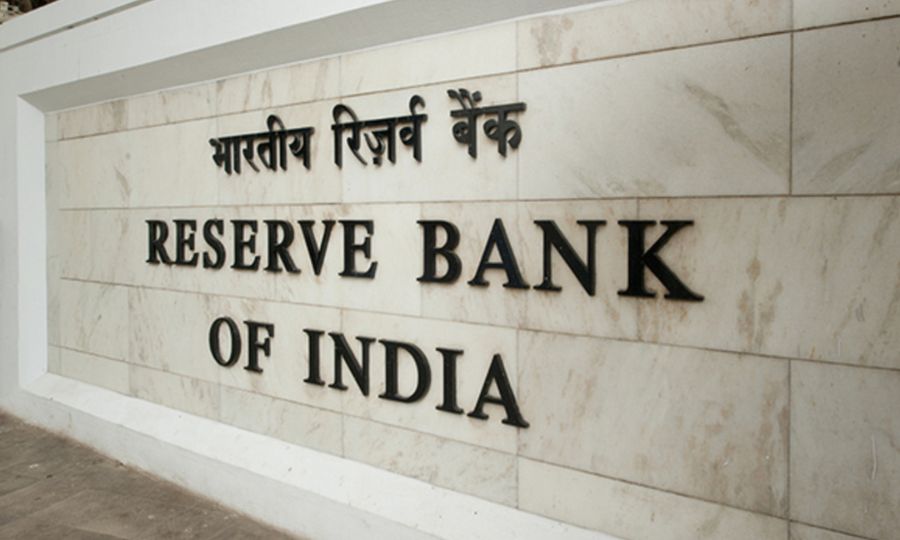In a strategic move aimed at ensuring stability in India’s financial markets, the Reserve Bank of India (RBI) has revealed plans to discontinue the Incremental Cash Reserve Ratio (I-CRR) in a phased manner. This decision was made public in a press release issued by the central bank on September 8, 2023.
The RBI’s decision to phase out the I-CRR comes as part of its commitment to maintain the orderly functioning of money markets and to prevent sudden shocks to the system’s liquidity. The I-CRR had been introduced earlier as a measure to manage liquidity in the banking sector.
To execute this phased discontinuation, the RBI has outlined a schedule. On September 9, 2023, the central bank will release 25 percent of the I-CRR that banks have maintained. Subsequently, on September 23, another 25 percent will be released, followed by the remaining 50 percent on October 7, 2023.
This move is significant for the Indian financial landscape, as it not only signals the RBI’s confidence in market stability but also ensures that liquidity adjustments occur gradually. Such a gradual release of funds is expected to mitigate any abrupt shocks to the money markets.
In recent times, market analysts have speculated on the fate of the I-CRR, and the central bank’s decision has been closely watched. With system liquidity in surplus, the RBI’s move to phase out the I-CRR reflects its adaptability to changing economic conditions. Furthermore, the quantum of the I-CRR might see alterations, as the RBI considers a partial reversal of the I-CRR in the short term and a complete reversal by October 6.
Kaushik Das, Chief Economist for India & South Asia at Deutsche Bank, commented on this development, stating, “We think a calibrated reversal of I-CRR may make sense in the current environment of temporary high inflation, with the RBI retaining the option of reversing it completely at a later stage if the system liquidity were to tighten more than anticipated.”
While liquidity conditions may temporarily tighten in September due to tax-related outflows, the government’s increased spending in October is expected to ease these conditions. By maintaining the I-CRR at reduced levels, the RBI can achieve its objective of raising short-term borrowing rates without necessitating an immediate rate hike.
Additionally, the RBI announced a variable rate reverse repo auction of Rs 50,000 crore as part of its efforts to manage excess liquidity effectively.
In conclusion, the RBI’s decision to phase out the I-CRR in a measured manner reflects its commitment to maintaining the stability of India’s financial markets. This move is expected to ensure that the money markets continue to function efficiently while allowing the central bank flexibility in managing liquidity in response to evolving economic conditions.

